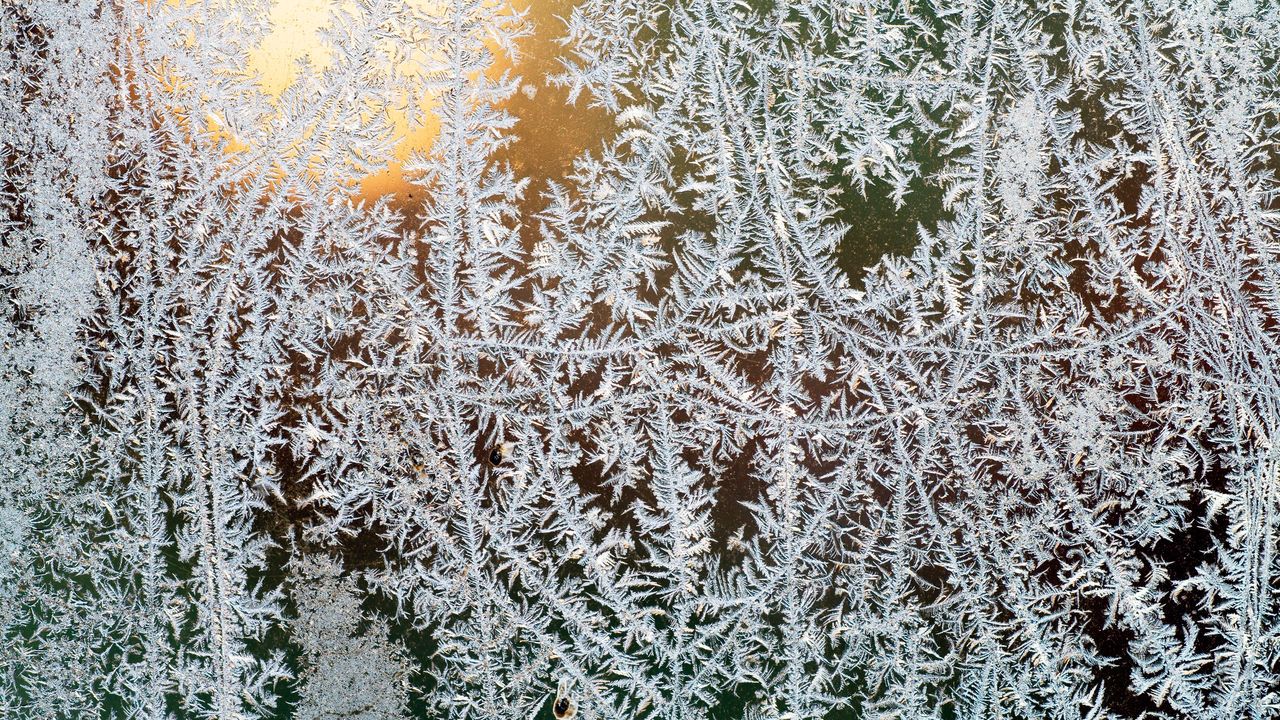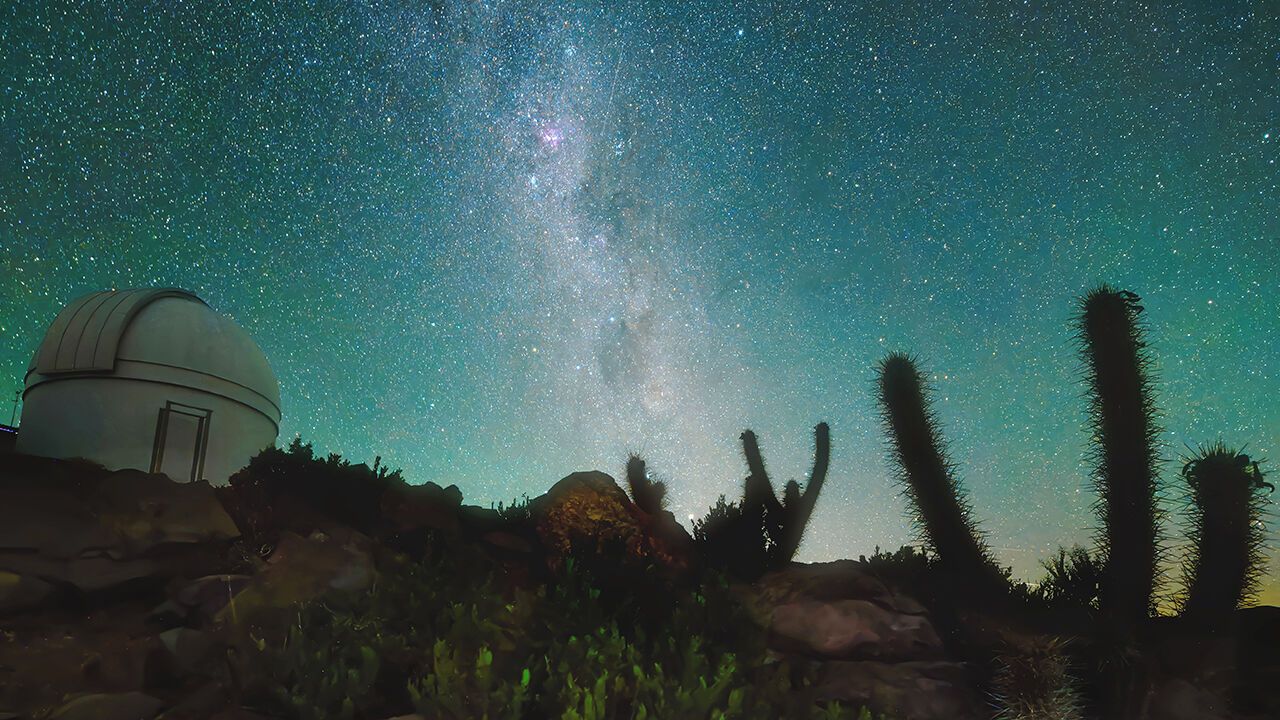Scientists are getting to grips with ice
Climate change is making water freeze in unexpected ways

Jack Frost is a tricky adversary. As the mercury falls, water’s behaviour becomes erratic, leading to ice and snow with physical properties that can vary enormously depending on environmental factors such as temperature and moisture. That can complicate tasks as varied as developing new ice-repellent materials and predicting the likelihood of an avalanche. New research is suggesting ways to put this slippery field on firmer foundations.
Explore more
This article appeared in the Science & technology section of the print edition under the headline “Deep freeze”

From the April 19th 2025 edition
Discover stories from this section and more in the list of contents
Explore the edition
An interstellar object is cruising through the solar system
Its appearance puts a new branch of astronomy to the test

RFK junior wants to ban an ingredient in vaccines. Is he right?
Studies show that thimerosal does more good than harm

AI is helping to design proteins from scratch
They could treat diseases, test drugs and boost crop yields
A new project aims to synthesise a human chromosome
The tools developed along the way could revolutionise medicine
How sea slugs give themselves superpowers
Their slimy shenanigans might have applications for humans, too
Is being bilingual good for your brain?
Perhaps. Learning languages offers other, more concrete benefits

